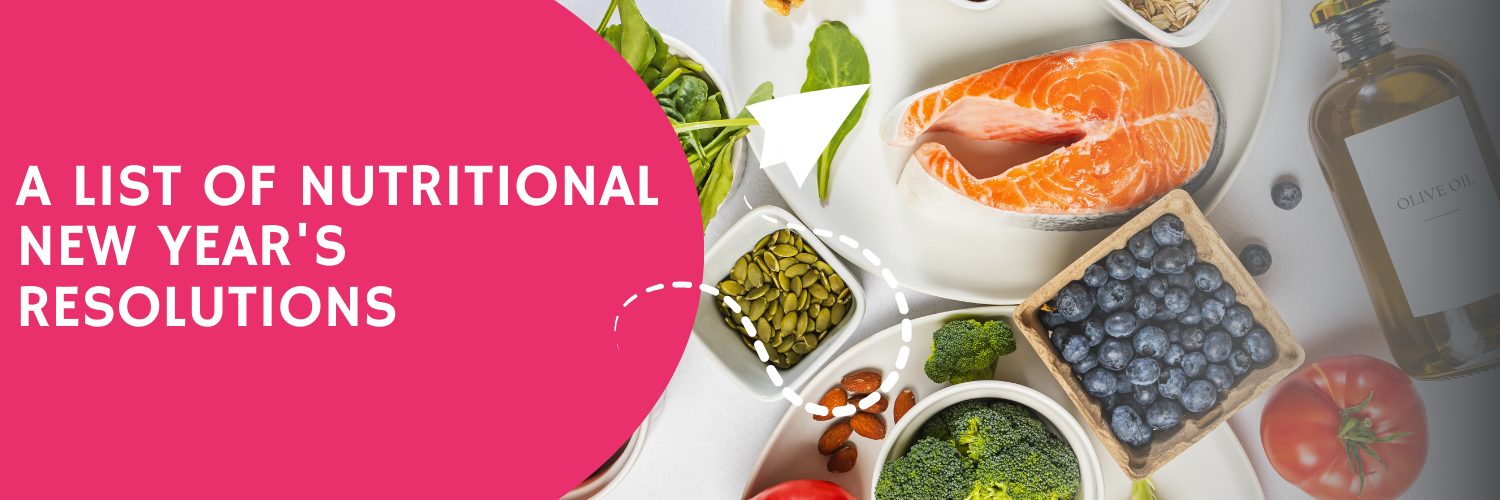Repeated episodes of bloating can indicate an underlying condition. It’s not just swallowing air or drinking fizzy drinks. The underlying cause is likely a particular food. The problem? Well, several conditions can cause such a reaction, including allergies and intolerances.
The symptoms of food allergies and intolerances can overlap. You may notice bloating, rashes, feeling generally unwell, and more. How do you differentiate between allergy vs intolerance? And how do you treat each condition? Find out below.
Understanding Allergy vs Intolerance
What is an Allergy?
An allergy is an immediate immune system reaction to a trigger. Usually, the body flags certain components of the food, e.g., a protein, as a threat to the body, launching a full immune response. This leads to symptoms such as:
- Respiratory: Sneezing, congestion, itchy eyes, coughing.
- Skin: Hives, itching, swelling.
- Digestive: Nausea, diarrhoea, pain.
- Severe: Throat swelling, breathing difficulty (emergency).
Symptoms appear within seconds or minutes of exposure to the allergen. In severe cases, a person may experience anaphylaxis – a dangerous, life-threatening condition that requires immediate medical attention.
What is an Intolerance?
An intolerance is another immune response triggered by exposure to a certain foodstuff. Unlike an allergy, which causes symptoms acutely, intolerances usually manifest over hours or days. The symptoms are rarely life-threatening and can be hard to detect. They include:
- Digestive: Bloating, gas, diarrhoea, constipation, nausea, abdominal pain.
- Skin: Rashes, itching.
- General: Fatigue, headaches, irritability, muscle aches, joint pain.
The term intolerance can be used for the inability to digest a particular food substance, e.g., lactose intolerance. Such reactions are not caused by the immune system and are a separate category. Immune-related intolerances are linked to leaky gut syndrome, food additives, chronic inflammation, and sensitivity to certain natural or added chemicals.
Comparing Allergies vs Intolerances
Struggling to understand the differences between allergies and intolerances? It’s not as complicated as it sounds. The key differences are the reaction time, symptoms, and underlying mechanisms. Look at this comparison table for reference:
| Aspect | Allergies | IgG-Mediated Intolerances |
| Definition | Immune system reaction involving IgE antibodies. | Immune system response involving IgG antibodies. |
| Reaction Time | Immediate (minutes to hours). | Delayed (hours to days). |
| Symptoms | Sneezing, hives, swelling, breathing difficulties, anaphylaxis. | Fatigue, headaches, digestive discomfort, joint pain, muscle aches. |
| Severity | Can be life-threatening (e.g., anaphylaxis). | Non-life-threatening but can significantly impact quality of life. |
| Triggers | Specific proteins in foods, pollen, or other allergens. | Specific food proteins or components. |
Remember, intolerances are more systemic and diffuse than allergies. It’s common for allergies to cause swelling and discomfort at any contact sites. In comparison, intolerances require digestion before the symptoms begin to develop.
Is Bloating Caused By an Allergy or Intolerance?
Bloating is usually caused by an intolerance. If you consume a food allergen, the reaction would be instantaneous. You would notice throat and lip swelling, a red urticarial rash (hives), coughing, and much more. In contrast, intolerances commonly cause gastrointestinal (GI) discomfort.
Symptoms like bloating occur due to several factors. These include fluid retention, delayed gut transit time, and even excessive gas production, as the gut bacteria ferment the undigested food. This is part of the reason why bloating and other symptoms take longer to appear for intolerances.

Testing for Allergy vs Intolerance
Allergies and intolerances might both be triggered by the immune system. However, the underlying mechanisms are different. Allergies are typically associated with IgE antibodies, which are diagnostic signs. On the other hand, intolerances are linked to the IgG4 antibodies. Each of these antibodies is specific to a particular trigger.
This key difference allows us to detect your allergies and intolerances via a blood test. The Complete Body Test by Life Lab Testing, for example, analyses a small blood sample for IgE and IgG4 antibodies related to 38 allergens and 79 intolerances. These range from almonds, rice, and wheat to mustard, oats, and tomatoes. The results provide a helpful insight into what’s going wrong with your diet.
Alongside the test results, you have a free consultation with a Nutritional Therapist. They’ll help you understand the results, advising on the best strategies to optimise your diet and minimise symptoms.
Managing Allergies and Intolerances
So, you’re dealing with frequent bloating or a similar symptom? If you’ve taken the Complete Body Test, you know what the underlying cause is. But how do you manage your condition? Well, the treatment is usually the same – avoid the trigger food.
There’s no cure for either allergies or intolerances. Lifelong avoidance of the trigger food is the only preventative measure. That being said, some medications can relieve an allergic reaction.
- Antihistamines, such as loratadine (Claritin) or diphenhydramine (Benadryl), can minimise the symptoms of an acute reaction as histamine is behind the majority of symptoms. Taking an antihistamine if you believe you might be exposed to an allergen is a sensible option.
- Adrenaline autoinjectors (EpiPens) are reserved for severe reactions. If you suspect you’re experiencing anaphylaxis, injecting the EpiPen can save your life. It prevents the worst symptoms from occurring, e.g., not being able to breathe.
Unfortunately, there is no similar treatment for intolerance. Some people argue that by tackling the underlying triggers, you can reduce or even eliminate symptoms. For example, if a leaky gut is causing chronic inflammation, resolving this issue may reduce your immune reaction to certain foods. However, research is limited and ongoing.














